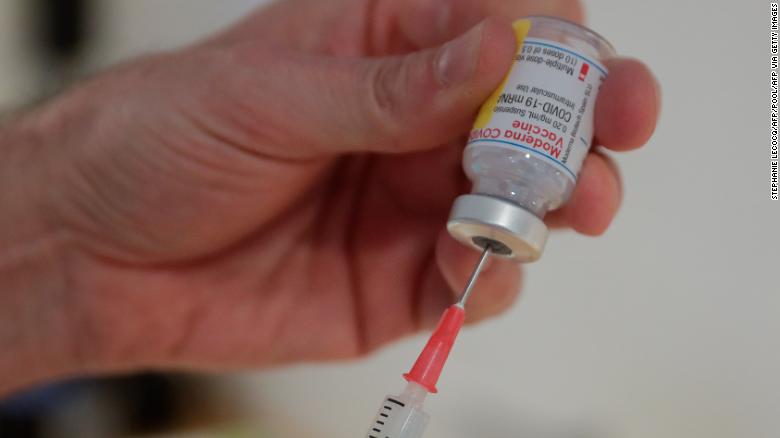More than 17.5 million doses of COVID-19 vaccine have been administered since the first injection of Pfizer-BioNTech was given on Dec. 14, according to the latest CDC data, at an average rate of about 462,000 doses. per day.
Although generally far behind initial promises, the vaccination rate has steadily improved over the past five weeks. The number of doses administered in the last seven days was more than 10 times that of the first seven days of vaccine administration in the United States. And with additional vaccines in the works, as well as commitments from the new Biden administration and current manufacturers, it could keep getting better.
In fact, Dr. Anthony Fauci said that the application of the vaccines is likely to meet, and perhaps even exceed, President Biden’s plan.
“I’m pretty sure it will not only be that, but maybe even better,” the director of the National Institute of Allergy and Infectious Diseases said Thursday on “Good Morning America.”
In any case, the United States is still many months away from vaccinating enough people to end the pandemic.
Calendars to observe
The two vaccines currently licensed for emergency use in the US, those made by Pfizer-BioNTech and Moderna, require a person to receive two doses to be fully vaccinated. Another vaccine in development from Johnson & Johnson would require only a single dose.
If the Pfizer-BioNTech and Moderna vaccines remain the only vaccines on the market, about 500 million total doses must be administered for all adults in the U.S. to be fully vaccinated – two doses for each of the approximately 250 millions of adults living in the country. Currently, none of the coronavirus vaccines are licensed for people under the age of 16.
In the last seven days, about 914,000 daily doses have been administered. If vaccination continues at the same rate, all adults in the U.S. could be fully vaccinated by the summer of 2022, according to a Citizen Free Press analysis.
If vaccination reaches up to 1 million injections per day, in keeping with Biden’s promise, that timeline could be brought forward to spring 2022.
To fully vaccinate all adults in the US before the end of the year, the rate would have to increase to about 1.3 million doses administered per day.
Back to normal
Although it is ideal to vaccinate the entire population, this is probably not necessary to begin to return to normality.
Herd immunity – when a sufficient proportion of a population is immune to an infectious disease and is unlikely to be transmitted from person to person as their immune system can fight it off – would be expected to occur earlier.
Estimates of the proportion of the population that must be protected to reach this threshold vary as more is learned about the coronavirus. Most predictions are in the 60-70% range, including those cited by the World Health Organization.
But last week, Fauci indicated that the range could be more than 70 to 85%.
“If we get that, we would develop an umbrella of immunity,” he told CNBC. “That could protect even the vulnerable who have not been vaccinated, or those in whom the vaccine has not been effective.”
Assuming that three-quarters of U.S. adults must be fully vaccinated to achieve herd immunity, the country could reach this threshold in February 2022, if vaccination continues at the same rate as the past seven days: approximately 914,000 doses administered daily, according to Citizen Free Press analysis.
If vaccination reaches up to 1 million injections per day, herd immunity in the US could be reached by the end of 2021.
At a Harvard Business Review event on Tuesday, Fauci said the effects of herd immunity may begin to be seen in the fall.
“If we do it efficiently, from April, May, June, July, August, by the time we get to the beginning of fall, we should have that degree of protection that I think can return us to some form of normalcy,” he said.
Despite recent reports that the US Government does not have a stock of second dose vaccines as described above, manufacturers have made a commitment to supply availability.
“We have all second doses from previous shipments to the United States on hand. We are working around the clock to produce millions more every day, ”Pfizer said in a statement to Citizen Free Press.
Pfizer has committed to providing 200 million doses of the COVID-19 vaccine by the end of July, and Moderna said it will deliver a total of 200 million doses by June, or by the end of the second quarter of the year.
The timelines for herd immunity and general vaccination coverage could also be sped up if more single-dose vaccines were licensed for use in the US.
However, even if the United States achieves some level of herd immunity, the situation may be different in other parts of the world.
Last week, the chief scientist of the World Health Organization, Soumya Swaminathan, warned that this year should not expect global herd immunity.

